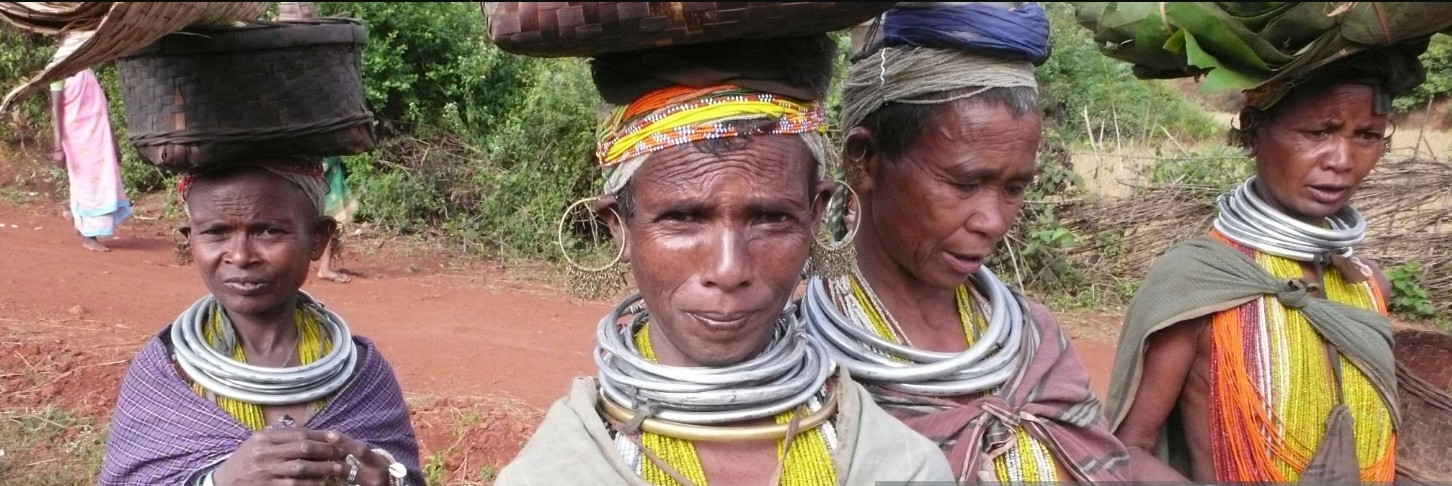How Tanzania’s Local Tribes Contribute to Safari Tourism
Tribal Cultural Safari Contributions, Tanzania is renowned for its breathtaking wildlife, vast savannas, and iconic national parks such as the Serengeti, Ngorongoro Crater, and Tarangire. However, beyond the majestic landscapes and the Big Five animals, the country’s rich cultural heritage plays a crucial role in shaping its safari tourism industry. Tanzania is home to over 120 ethnic groups, each with unique traditions, customs, and ways of life that add depth and authenticity to the safari experience.
Local tribes such as the Maasai, Hadzabe, Datoga, Chagga, and Sukuma contribute to Tanzania’s tourism sector in various ways—from cultural tourism and handicrafts to guiding and conservation efforts. Their involvement not only preserves their heritage but also enhances the overall visitor experience, making Tanzanian safaris more immersive and meaningful.
This article explores how Tanzania’s indigenous communities contribute to safari tourism, highlighting their cultural significance, economic impact, and role in sustainable tourism development.
1. Tribal Cultural Safari Contributions: Showcasing Indigenous Traditions
One of the most significant ways Tanzania’s tribes contribute to safari tourism is through cultural tourism. Many travelers seek more than just wildlife viewing—they want to engage with local communities and learn about traditional ways of life.
A. The Maasai: Guardians of Tradition
The Maasai are perhaps the most iconic tribe associated with Tanzania’s safari industry. Known for their vibrant red shukas (robes), intricate beadwork, and jumping dances (adumu), the Maasai offer cultural tours that allow visitors to:
-
Visit traditional bomas (homesteads)
-
Participate in tribal dances and rituals
-
Learn about Maasai warrior traditions and cattle-herding practices
-
Purchase handmade jewelry and crafts
Many Maasai villages near national parks, such as those around the Ngorongoro Conservation Area and Serengeti, have established community-based tourism programs. These initiatives provide direct income to the Maasai while allowing tourists to experience their culture authentically.
B. The Hadzabe: Experiencing Ancient Hunter-Gatherer Life
The Hadzabe, one of the last remaining hunter-gatherer tribes in Africa, offer a completely different cultural experience. Living near Lake Eyasi, they provide tourists with the rare opportunity to:
-
Join hunting expeditions using traditional bows and arrows
-
Learn about foraging for wild fruits and honey
-
Witness their unique click-language (Hadzane)
These interactions give visitors insight into a vanishing way of life, making Hadzabe cultural tours a highly sought-after experience.
C. The Datoga: Blacksmiths and Pastoralists
Neighboring the Hadzabe, the Datoga people are skilled blacksmiths and pastoralists. Tourists visiting Datoga villages can:
-
Observe traditional metalworking techniques
-
Learn about their cattle-herding lifestyle
-
Engage in storytelling sessions about their history
By incorporating these cultural encounters into safari itineraries, tour operators provide a more holistic Tanzanian experience.

2. Employment Opportunities in the Tribal Cultural Safari Contributions
Beyond cultural tourism, local tribes contribute to safari tourism through direct employment in various sectors:
A. Safari Guides and Trackers
Many Maasai and other indigenous people work as safari guides, rangers, and trackers due to their deep knowledge of the land and wildlife. Their expertise in animal behavior, survival skills, and navigation makes them invaluable in leading game drives and walking safaris.
B. Lodge Staff and Hospitality Workers
Numerous luxury lodges and tented camps employ members of nearby tribes in roles such as chefs, waitstaff, housekeepers, and security personnel. This not only provides jobs but also fosters cultural exchange between tourists and locals.
C. Conservation Scouts and Anti-Poaching Units
Several tribes, particularly the Maasai, participate in wildlife conservation efforts. Community-run conservancies, such as those in the Maasai Steppe, employ local tribespeople as scouts to monitor wildlife and combat poaching. Their involvement ensures that tourism remains sustainable and benefits both people and wildlife.
3. Handicrafts and Souvenirs: Supporting Local Artisans
Tourists often seek authentic souvenirs, and Tanzania’s tribes produce some of the most beautiful handmade crafts. These include:
-
Maasai beadwork (necklaces, bracelets, and decorative items)
-
Makonde carvings (intricate wooden sculptures)
-
Tingatinga paintings (colorful, naïve-style artworks)
-
Batik fabrics and woven baskets
By purchasing these items, visitors support local economies and help preserve traditional craftsmanship. Many lodges and cultural centers also host artisan workshops where tourists can observe the creative process and buy directly from the makers.
4. Community-Based Tourism and Sustainable Development and Tribal Cultural Safari Contributions
A growing trend in Tanzanian tourism is community-based initiatives that empower local tribes while promoting sustainability. Examples include:
A. Maasai-Led Eco-Camps and Cultural Villages
Several Maasai communities have established eco-friendly campsites where tourists can stay in traditional huts while learning about their culture. Revenue from these ventures funds education, healthcare, and conservation projects.
B. Wildlife Conservancies Managed by Indigenous Groups
In northern Tanzania, community-owned conservancies like the Ngorongoro Highlands and Loliondo Game Controlled Area allow tribes to manage land sustainably while benefiting from tourism revenue. These areas offer exclusive safari experiences with fewer crowds than national parks.
C. Fair-Trade Tourism Partnerships
Some tour operators collaborate directly with tribes to ensure fair wages and ethical tourism practices. This model helps prevent exploitation and ensures that tourism profits are reinvested into local development.
5. Challenges and the Way Forward
Despite their contributions, Tanzania’s indigenous tribes face challenges in the tourism sector, including:
-
Land disputes (e.g., conflicts between Maasai pastoralists and conservation authorities)
-
Cultural commodification (some tours may present tribes in a stereotypical or exploitative manner)
-
Unequal revenue distribution (not all communities benefit equally from tourism profits)
To address these issues, stakeholders must:
-
Promote ethical cultural tourism that respects tribal traditions
-
Strengthen community land rights to ensure fair access to tourism benefits
-
Invest in education and training to help tribes engage more effectively in tourism
Tanzania’s local tribes are not just a backdrop to safari tourism—they are active participants who enrich the visitor experience through their traditions, knowledge, and hospitality. From Maasai cultural performances to Hadzabe hunting demonstrations, these indigenous communities offer unique encounters that go beyond wildlife viewing.
By supporting community-based tourism, purchasing authentic handicrafts, and engaging in ethical travel practices, tourists can help preserve Tanzania’s cultural heritage while contributing to sustainable development. The future of Tanzanian safari tourism lies in a balanced approach that values both wildlife conservation and the empowerment of local tribes.









